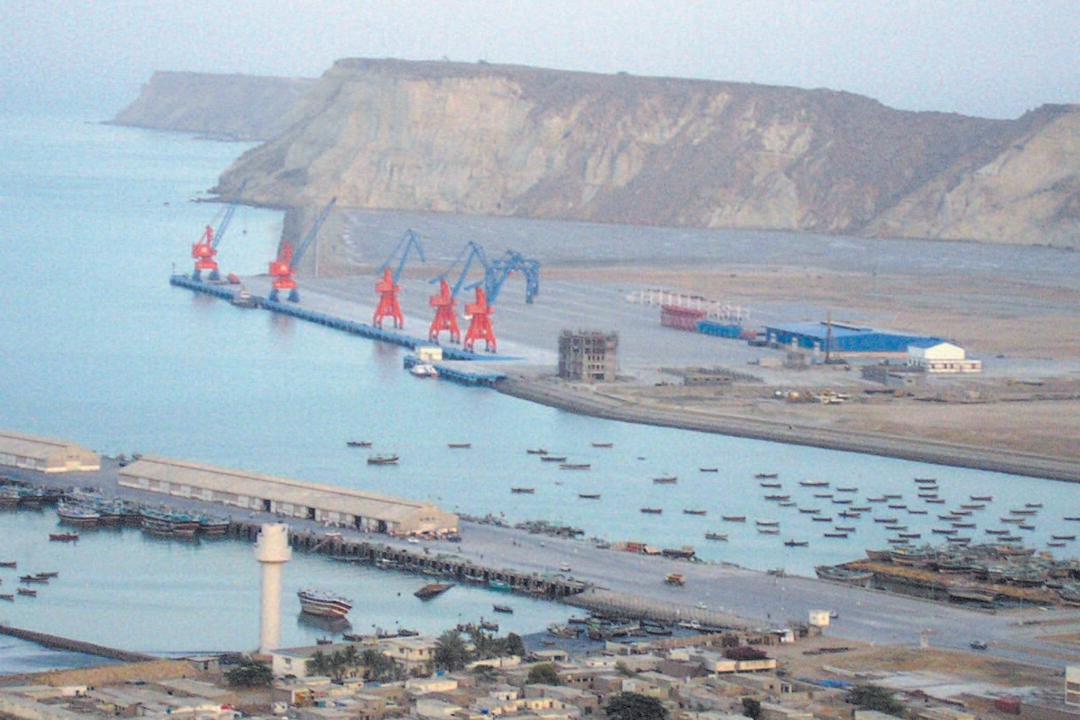Commentary
Flush with capital from trade surpluses with the United States and other nations, China has embarked on a massive expansion to develop a global colonial empire.

Flush with capital from trade surpluses with the United States and other nations, China has embarked on a massive expansion to develop a global colonial empire.